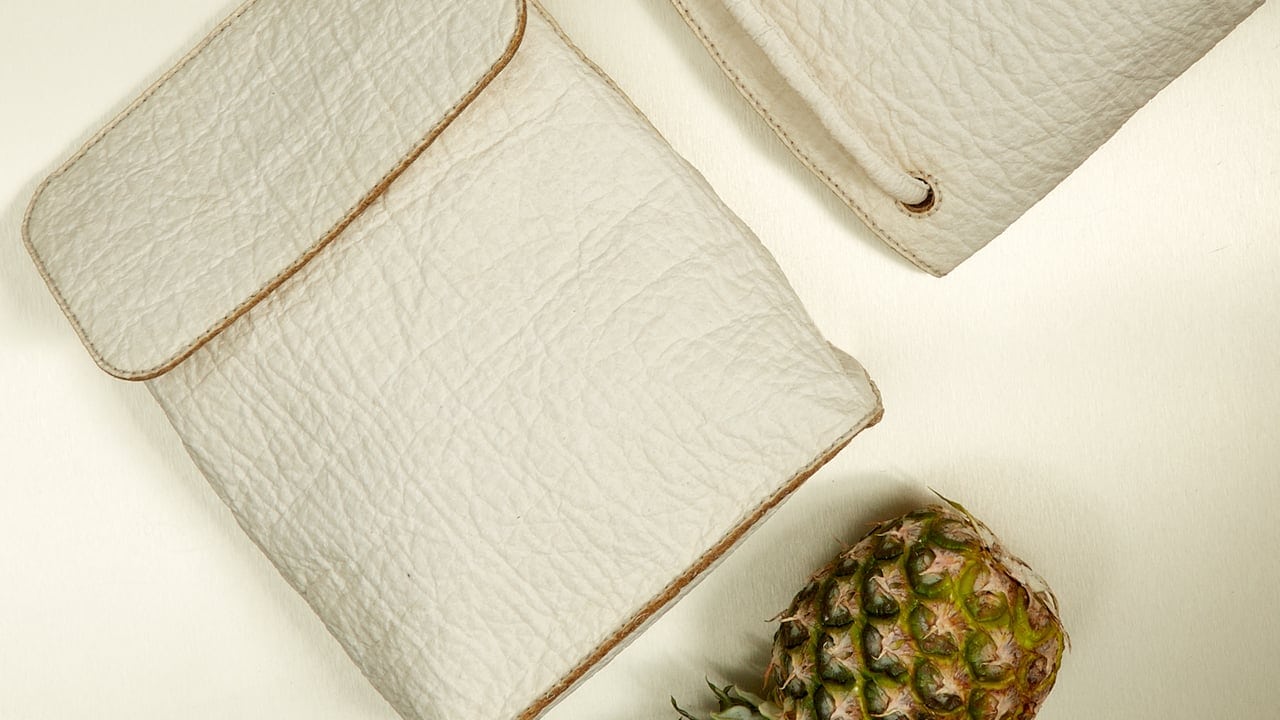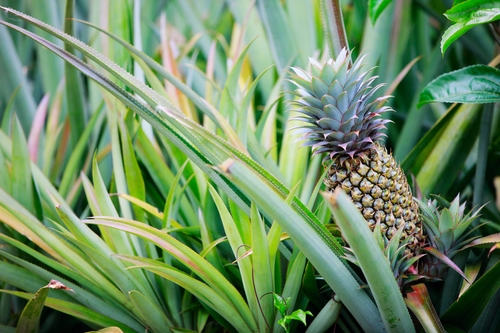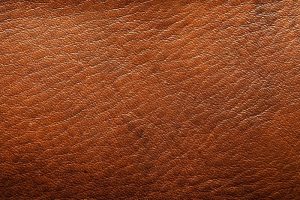Pineapple Leather: An Eco-friendly Alternative
There is a new type of leather emerging onto the fashion scene, and it is not produced from animal hide. Unlike other forms of faux leather, this new material has proven to have comparable properties to real leather such as being a breathable, flexible and highly durable material.
Pineapple leather, also known as Piñatex, is an innovative and sustainable material made from pineapple leaves making it a great natural and environmentally friendly alternative to real leather. In this article we will talk about the inspiring story behind the discovery of this new material, explain how Piñatex is made and discuss some of the benefits of this new material.
The Discovery Of Pineapple Leather
During the 1990’s, Spanish designer Carmen Hijosa was working as a consultant in the leather goods industry of the Philippines. While there, she was not pleased with the quality standards of the products they were producing and so began her search for an alternative material.

A fashion item that struck her attention was a traditional garment worn by Filipino men known as a Barong Tagalog, considered to be the national dress of the Philippines. One of the materials used in the production of the Barong is fibers from pineapple leaves, which Hijosa quickly noticed was a strong material with great fineness.
As she experimented with the fibers from pineapple leaves, Hijosa soon realized that a non-woven mesh can be made from the fibers. This means that a material similar to felt could be created, by bonding the fibers together instead of weaving or knitting them.
After several years of researching the material, Piñatex was born and Carmen Hijosa founded the company Ananas Anam who’s mission is to develop textiles and materials that are environmentally friendly.
How Is Pineapple Leather Made?
Pineapple farmers in the Philippines, and soon enough in other pineapple growing countries as well, harvest the leaves that surround a pineapple and extract the fibers from the leaves. These fibers are then made into a mesh which gets sent to nearby textile factories where they are mechanically and chemically fused together to make the final product, a non-woven durable and flexible textile.
The Social Impact Of Pineapple Leather
Pineapple leather not only looks and feels great, it is also providing massive benefits to farming communities in the Philippines and is an environmentally friendly textile. In fact, Piñatex is the first fabric ever to be given a PETA Approved Vegan logo.
Helping Local Farmers
Pineapple farmers in the Philippines, who tend to be in a lower income class in most countries, now have a new source of income. The best part is, they don’t even have to do much extra work for it. Since they are already growing pineapples, the leaves required to make Piñatex is already at their disposal. All they have to do is harvest the leaves which would normally be left to rot after the pineapple harvest is done.
Pineapple Leather Is Environmentally Friendly
The greatest benefit of this amazing new material is the positive environmental impact it has. Because it is using the leaves from pineapples, no additional land, water, fertilizer or pesticides need to be used in it’s production. It is taking what is normally considered a waste product and turning it into a valuable material.
Furthermore, the byproduct produced from extracting the fibers from the pineapple leaves is a natural fertilizer which farmers can use to grow more pineapples.









